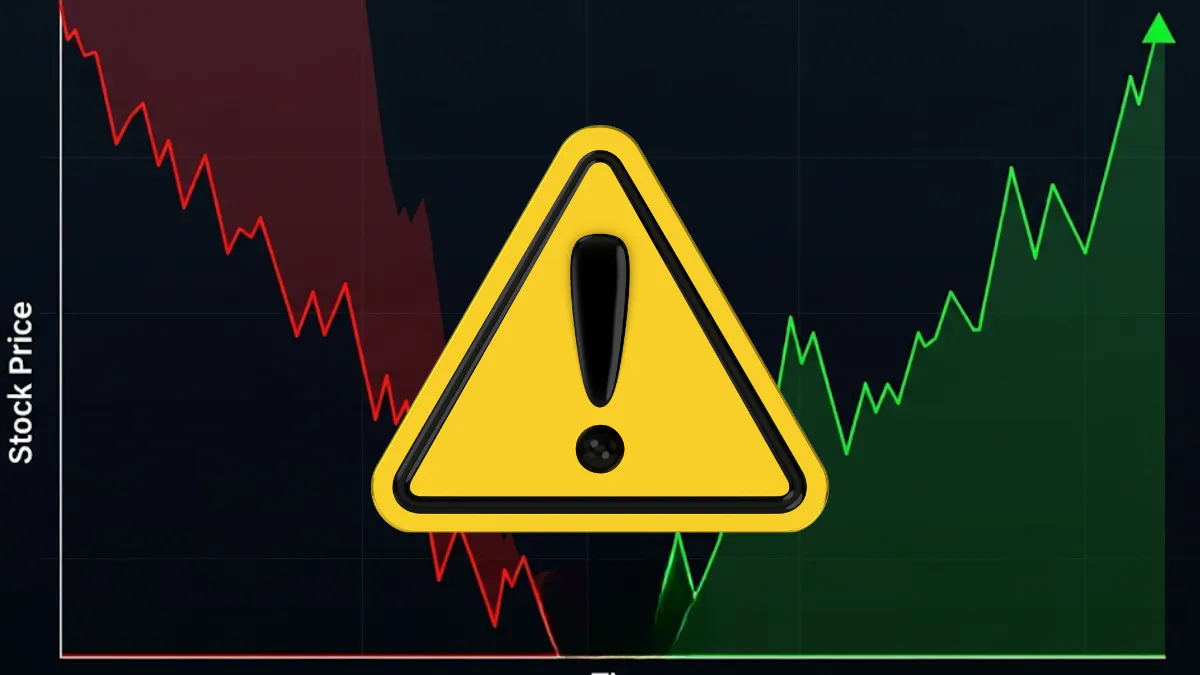B-Book Model: How Forex Brokers Manage Risk
The B-Book model is a common risk management approach in the operation of forex brokers. In this model, brokers do not pass client orders to external markets but handle the orders themselves as the counterparty. Therefore, B-Book brokers directly participate in market risk and can profit from client losses. Although this model allows brokers to gain more profit opportunities, it also comes with certain risks. This article will explore how B-Book brokers manage risk and maintain profitability.
1. How the B-Book Model Works
In the B-Book model, when clients trade, brokers internalize these orders instead of passing them to external liquidity providers. Brokers effectively act as the counterparty to the clients, meaning that when clients make money, brokers lose money; when clients lose money, brokers make money. Therefore, brokers assume market risk in this model.
2. Risk Management Strategies
A. Order Internalization and Hedging Strategies:
- Order Internalization:
Most retail traders have small trading amounts, and statistically, most retail traders end up losing. Therefore, brokers can profit by internalizing these small trades without passing them to external markets. - Selective Hedging:
For some larger or potentially risky orders, brokers may choose to hedge these orders to avoid taking on excessive market risk.
B. Client Segmentation Management:
- Loss-Making Clients:
Brokers tend to internalize the orders of these clients, as these trades usually present profit opportunities. - Profit-Making Clients:
For these clients, brokers may choose to hedge their orders to avoid market risk.
C. Risk Exposure Management:
- Maximum Risk Limits:
Set risk limits for each currency pair or market to avoid significant losses from excessive movements in a single market. - Automated Risk Control Systems:
Use automated systems to monitor market risk, triggering hedging or other risk management actions when risk exceeds preset thresholds.
D. Data Analysis and Client Behavior Patterns:
- Use advanced data analysis tools to track client trading behavior, helping brokers predict which traders are more likely to lose or profit.
- Set hedging strategies based on client behavior patterns, such as hedging for clients who trade frequently and profit steadily.
3. How B-Book Brokers Make Money
B-Book brokers have various ways to earn profits:
- Client Losses:
When clients lose money, brokers can directly profit from these losses. - Spread:
Brokers set the difference between the buy and sell prices when providing quotes, which is one of their main sources of income. - Overnight Interest (Swap):
When traders hold positions overnight, brokers charge or pay overnight interest based on market rates, which is also a potential source of profit.
4. Risks and Challenges of the B-Book Model
- Market Volatility Risk:
When the market is highly volatile, brokers may not be able to quickly hedge their risk exposure, leading to significant losses. - Conflict of Interest with Clients:
Since brokers' profits depend on client losses, this may lead to potential conflicts of interest and affect client trust. - Regulatory Risk:
Many regulatory bodies require B-Book brokers to increase transparency and implement strict risk management measures; non-compliance may lead to regulatory penalties.
5. How to Balance Risk and Profitability
For B-Book brokers, the key to success lies in balancing risk and profitability. They can achieve this goal through the following measures:
- Flexible Hedging Strategies:
Timely hedge high-risk orders to external markets to reduce potential losses. - Automated Risk Management Systems:
Use advanced risk management tools to monitor market conditions and respond quickly to market changes. - Enhancing Client Trust:
By increasing transparency and providing quality customer service, reduce the impact of conflicts of interest on client trust.
Conclusion
In the B-Book model, forex brokers directly participate in client trading and can profit from client losses. However, this model also comes with market risks and potential conflicts of interest. Brokers need to effectively manage risks through order internalization, flexible hedging strategies, and data analysis while maintaining profitability. For traders, understanding how the B-Book model operates helps them better choose brokers that suit their needs.
Hi, We are the Mr.Forex Research Team
Trading requires not just the right mindset, but also useful tools and insights.Here, we focus on Global Broker Reviews, Trading System Setup (MT4 / MT5, EA, VPS), and Forex Trading Basics.
We personally teach you to master the "Operating Manual" of financial markets, building a professional trading environment from scratch.
If you want to move from theory to practice:
- Help share this article to let more traders see the truth.
- Read more articles on Broker Tests and Forex Education.





